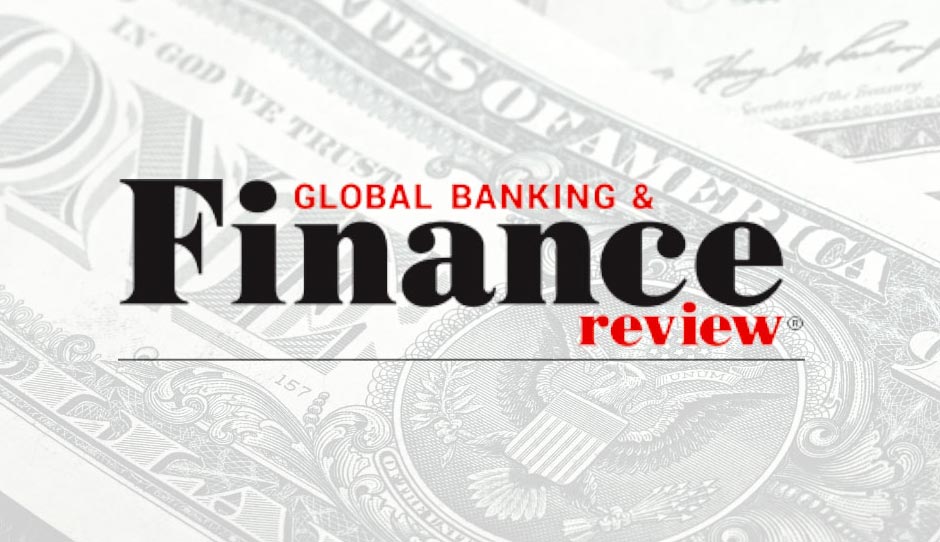Trading
How does Basel III regulate the banking sector

Talking about the financial management and control on the economies depicted by the various banks, one might wonder how these banks are regulated and what drives their performance. There are various regulatory measures which give directions to the banks’ and improve their performance. One such regulatory measure is ‘Base III’. Basel III can be defined as a comprehensive set of reform measures, developed by Basel Committee on Banking supervision. It is aimed at strengthening the regulation, supervision and risk management of the banking sector.
The various measures the Basel III concentrates on are:
- The banking sector experience several shocks arising from financial and economic stress and Basel III offers solutions to absorb such shocks.
- Managing and improving on the risk management and governance abilities,
- Basel III also looks into strengthening bank’s transparency and disclosures.
The Basel III measures are new global standards for capital adequacy and liquidity for banking institutions. Any new measure is formulated on the basis of the declining performance of the existing measures, Basel II, in this scenario. The major differences in the implementation of Basel III accords from Basel II strengthen Tier I capital requirements from 4% (of the Risk Weighted Assets or RWA) to 6%. Basel III also proposes the banks to hold a minimum of 4.5% of common equity in the market, thus increasing the performance by 2.5% compared to Basel II.
With the introduction of Basel III accords, Tier II capital requirements will change and the Tier III capital structure will be completely eliminated.
The agenda is for the banks to evaluate their balance sheets which will further help them examine a situation if they need to keep away from riskier assets or recuperate on their overall rate of return to stay within the new guidelines.
Basel III is contrived to achieve better quality capital, which in turn, is associated with higher loss-absorbing capacity. Less loss, stronger will be the bank and thus better economic structure.
Counter cyclical Buffer: Being one of the key elements in Basel III, counter cyclical buffer can be better explained as an objective to augment capital requirements in good times and decrease the same in bad times. In other words, this activity will slow the banking endeavour when it is in good shape to maintain liquidity, and also encourage lending when it sails through tough times. The buffer range will be 0% to 2.5%.
Leverage ratio: It is explained as the relative amount of capital to total assets (including risk-weighted assets). Thus Basel III norms apply this leverage ratio as a safety measure against tough times.








